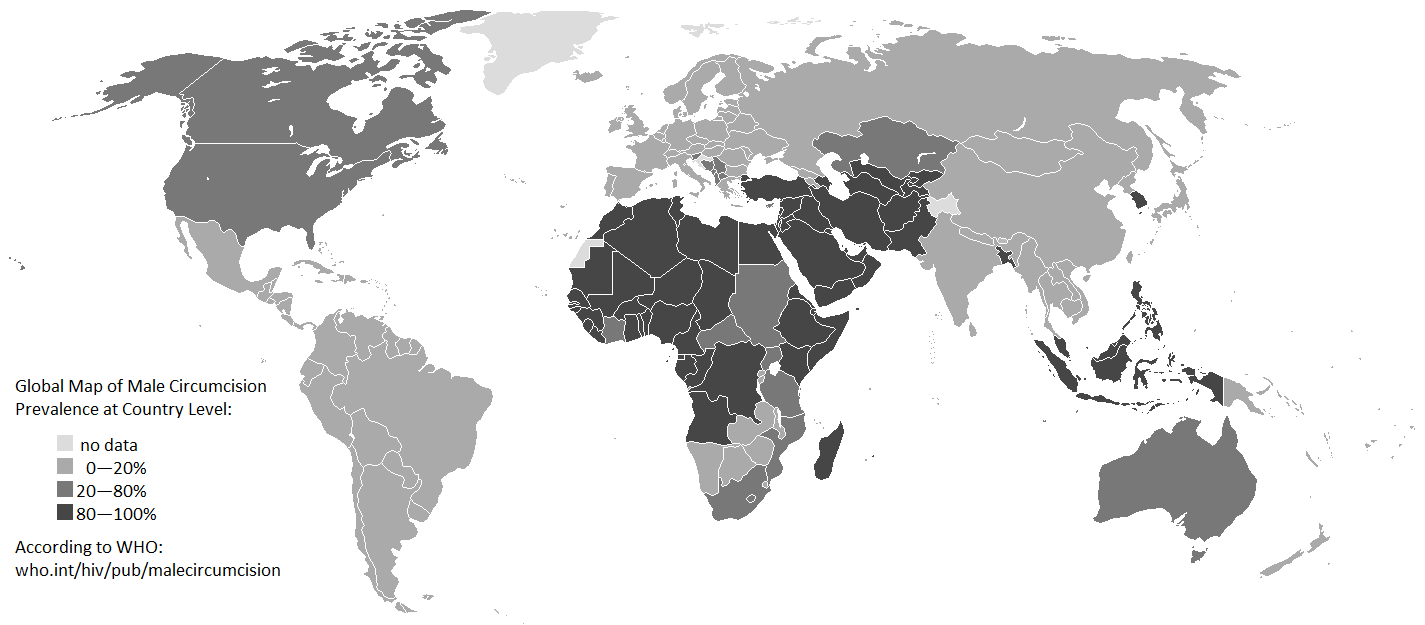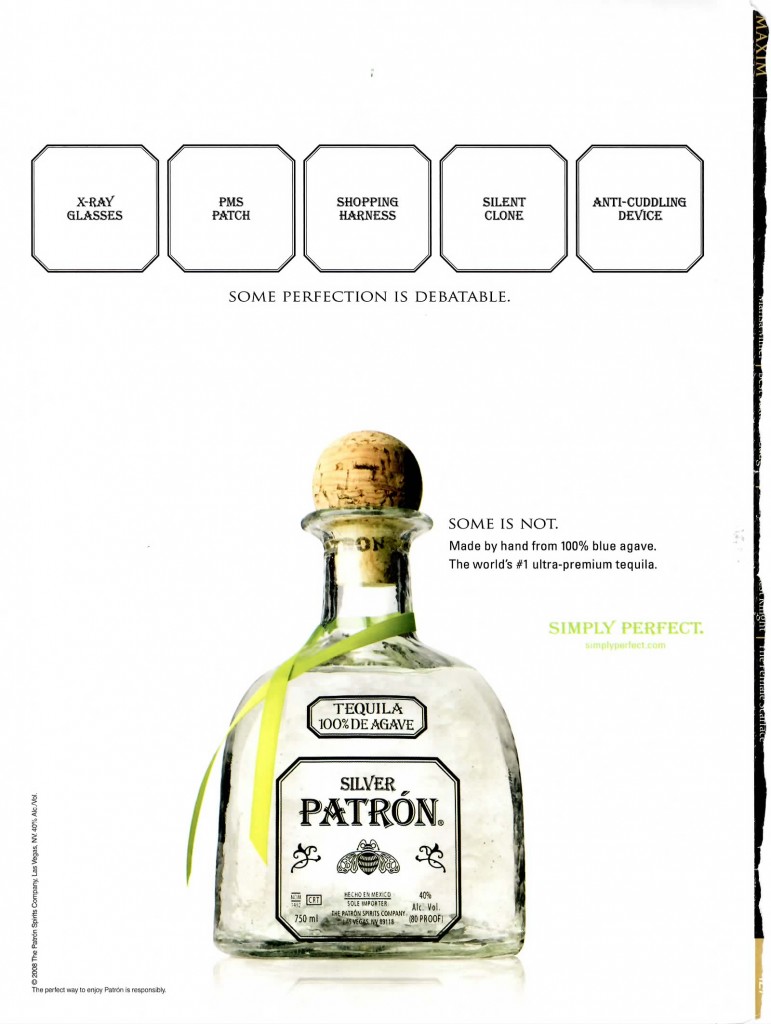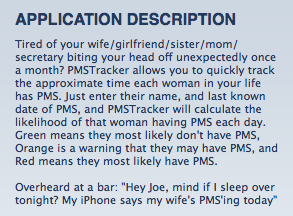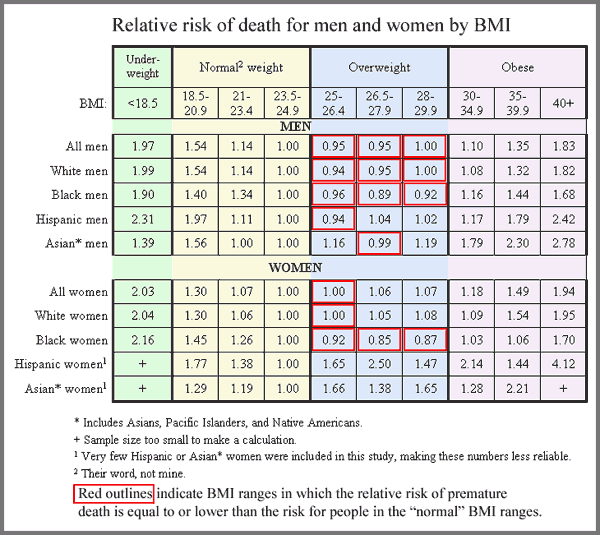
Click to embiggen.
Found here.
Those scamps at Patrón have come up with the following ad from their ” Some Perfection Is Debatable” campaign:

The following items apparently all represent perfection (debatably):
1. X-Ray Glasses: Dresses, locker rooms, bathroom stalls…the possibilities are limited only by your desire to look at the naked bodies of unconsenting women!
2. PMS Patch: Finally, a treatment for women whose behavior is intolerable because their hormonal levels are closest to men’s.
3. Shopping Harness: Presumably this would prevent shopping for girly stuff like purses and tampons. Buying video games and flat-screen TVs would be unaffected by the Harness. (When I pointed this out in class, a student told me “Women shop. Men purchase.”)
4. Silent Clone: At last, a woman who will only engage in sexual and domestic chores, without all of that troublesome talking!
5. Anti-Cuddling Device: Because after a rigorous, masculine bout of penile-vaginal intercourse, the last thing you want to do is something as gay as cuddling, am I right?
In addition to the obvious points the ad attempts to make about the inferiority of the feminine, it might be useful in a discussion about the smirking, elbow-in-the-ribs assumptions that are often a part of the enforcement of masculinity.
Browsing the Apple iTunes Application store the other day, I came across an application where guys can track their girlfriend’s menstruation cycle– and most importantly, their PMS symptoms– so that they can avoid the women in their lives who are going to be irrational, crazy, lunatics for a few days every month.
Take PMSTracker, for example, which tracks your “wife/girlfriend/sister/mom” so that you can avoid unexpectedly having your head bit off (or, in the example below, by your secretary).

And then there’s an application called “uPMS” which aims to help “all guys out there suffering the monthly Psychotic Mood Shifts” by warning them when to “keep their head down.”

My favorite is an app called “I am a Man” which advertisers itself as a better “lady tracking” application by making it easy to track several woman. And, according to the description, it will even somehow help you save money!

 And here’s the calendar tracking several girls at once. Importantly, the application is password protected, and if one girl checks out the program she’ll only see herself list (and not various other girls that this guy must be hiding from her):
And here’s the calendar tracking several girls at once. Importantly, the application is password protected, and if one girl checks out the program she’ll only see herself list (and not various other girls that this guy must be hiding from her):

There are a few useful iPhone and iPod Touch apps geared toward women and couples for keeping track of their menstrual cycles, fertility cycles etc. I’m not an expert on social constructions of menstruation (maybe someone who is can add more to this!) but what’s interesting to me about these particular apps is that they (1) perpetuate the assumption that PMS turns women into complete, irrational lunatics. Yes, some women experience serious and real psychological PMS symptoms, but the degrees to which they do varies greatly. (2) They apps trivializes real PMS symptoms by making it a joke that women into lunatics once a month. Not every woman’s cycle is actual 28 days, and often isn’t predictable like clockwork. And (3) what about the physical symptoms of PMS that are often much more uncomfortable and debillitating for women?
Cynthia Enloe draws attention to how mobilizing a nation at war requires drawing on not just the notion of the heroic masculine protector, but also the vulnerable women and children who must be protected. To draw attention to the way in which this binary (protector/protected) has functioned, she wrote “women and children” as “womenandchildren.” Speaking very generally, women and children, and perhaps especially womeandchildren, are sympathetic characters in society in a way that men simply are not. Likewise, women and children often seem more deserving of assistance and charity than men, who are expected to buck up and take care of themselves.
Stephen W. found himself confronted with this solicitation when making an internet purchase:

Stephen wondered why he would want to “wipe out heart disease in women,” as opposed to “wipe out heart disease”?
Why indeed?
Perhaps the appeal to save a group we often understand to be vulnerable and deserving of assistance makes (or is believed to make) this a more effective solicitation.
NEW (Jan ’10)! Anna K.-B. sent in another instance of this women-need-extra-care-and-protection thing. In this case, it’s a walk to end women’s cancers only:

As former a sexual health educator and current sexuality studies professor, I meet students whose ideas about sexually transmitted diseases (STDs) have been shaped by the ‘scary slideshow’: that series of full-color, close-up shots of the worst infections.
(Not safe for work–explicit images of STDs)
Much of the discourse around the benefits of being thin revolves around the assumption that extra pounds are harmful to health. Ampersand at Alas A Blog posted about a study in the New England Journal of Medicine (citation below) that shows that those who are overweight (according to the BMI scale) are not at a higher risk of premature death than those who are deemed of “normal” weight. The boxes in red are categories in which the risk for premature death is equal to or less than the reference group (normal weight people).

This is Ampersand’s conclusion (and his table, too).
The authors of the study, as commenter A.C. pointed out, come to the opposite conclusion. They argue, after looking at the data in different ways, say that overweight persons are at a higher risk for death.
Ampersand doesn’t buy it. He offers a critique here where, among other things, he points out:
In order to produce the finding that “overweight” is less healthy than “normal weight,” Dr. Adams did a very dishonest statistical manipulation – he compared just one “normal” BMI range, representing the heaviest people in the “normal” range, to the entire “overweight” range. This is because the majority of people in the “normal weight” categories had a greater risk of death than the majority of people in the “overweight” category.
This might be a great way to discuss how methods and statistics never speak for themselves.
Relatedly, this post offers a really great visual critique of the BMI scale.
Citation: Adams, K., et al., “Overweight, Obesity, and Mortality in a Large Prospective Cohort of Persons 50 to 71 Years Old.” New England Journal of Medicine, 2006. 355(8): p. 763-8. Here if you have a subscription to ProQuest.
The New York Times recently published an article on the evolving Diagnostic and Statistical Manual of Mental Disorders (DSM). The DSM is the official source for psychologists who are diagnosing patients with mental disorders. The article points out that the number of disorders in the manual has more than doubled since the 1950s:

Hypothesis One: The DSM reflects an increasingly sophisticated and exhuastive compendium of all possible mental disorders.
Hypothesis Two: More psychological disorders = more people diagnosed with mental disorders = more money is siphoned off to hospitals, treatment centers, drug companies, mental health professionals, social workers, school counselors, etc. (Scientists who are currently working on the next version of the DSM have agreed to restrict their income from drug makes to $10,000 a year or less.)
Hypothesis Three: We are an increasingly rationalized society and all things are becoming increasingly listed, compiled, organized, and annotated.
Hypothesis Four: What is considered a “problem” depends on the social context. (“Homosexuality” used to be in the DSM, but it isn’t any longer.) Perhaps a shift in the last 50 years has created a social context that is less tolerant of difference, more insistent upon happiness, or requires a more compliant citizen.
Hypothesis Five: Grassroots activists get together and lobby scientists to include disorders in the DSM so that they can raise awareness and money for research.
What do you think?
Thanks to Francisco for pointing me to this article!
In early American history, male circumcision was very uncommon. In the 1950s, however, about 90% of newborn boys were circumcised in the U.S. Today, the number is just over 50%.
The International Coalition for Genital Integrity has put together a slideshow that traces developments in research and argumentation about male circumcision alongside rising and falling rates of the practice in the U.S., the U.K., and the world from 1832 till today.
It’s interesting how rates of circumcision change drastically over time in the U.S., but stay relatively stable (low) in the U.K.
It is also neat to see some of the arguments about circumcision that were made over time. For example, the long-standing belief that circumcision cured sexual excess (like wet dreams and masturbation), the explicit support for circumcision on the basis that it reduced sexual sensitivity (and that was good), and the belief that circumcision could cure paralysis, bedwetting, crossed eyes, deafness, tuburculosis, cancer of the tongue, and more. Dovetailing with American racism, in 1894 an article argued that circumcising the “Negro” would reduce the rape of white women by black men.